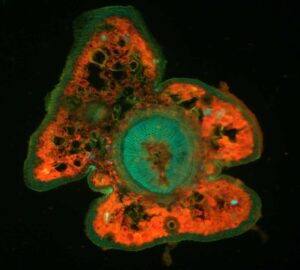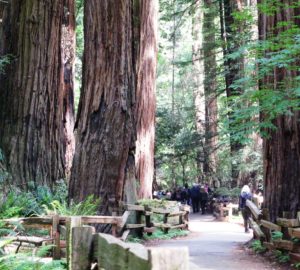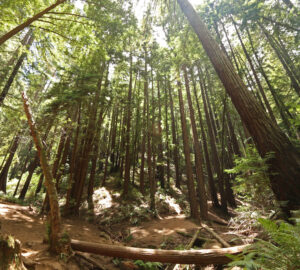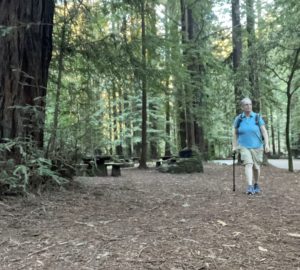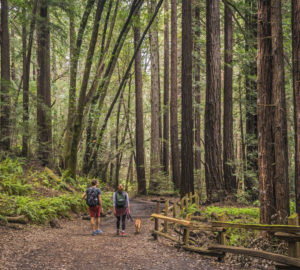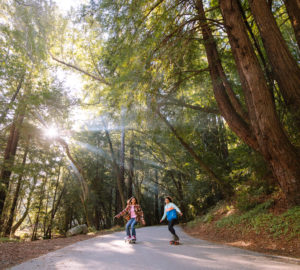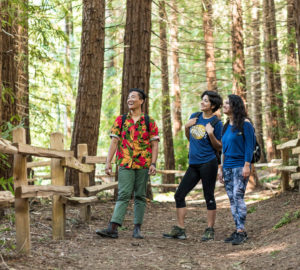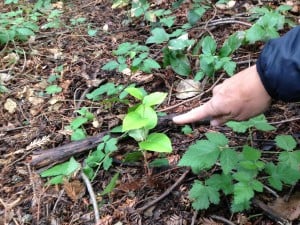
“Where have all the flowers gone? Long time passing.” -Pete Seeger
Over 170 years ago, early loggers began extracting redwood from the San Francisco bay area. The trees they cut were monumental and today we can still find the remnant stumps of these giants in the next generation forest of Redwood Regional Park in the Oakland Hills.
Despite the obvious lack of large trees in Redwood Regional Park today, there are other missing elements of the historic forest. Many of the common flowering plants associated with redwood trees such as redwood sorrel and Fetid Adder’s Tongue are either incredibly rare or nonexistent. Did logging and land use cause a local extinction of these plants?
If we look at the plants of Muir Woods National Monument, which is just a hop, skip, and a jump across the San Francisco bay from Oakland to Mill Valley, we find a much more intact flora in this old-growth forest. And yet, Muir Woods also has struggling plant populations even though no historical logging occurred in the main groves. One example is the brilliant
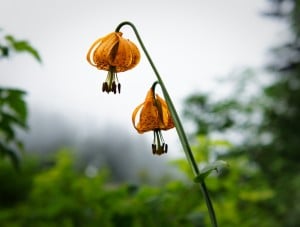
tiger lily that blooms in the spring along healthy, flowing creeks. Muir Woods rangers report that the tiger lily all but disappeared in the 1800’s when local residents of the area developed a desire to grow the beautiful flowers on their own property and collected the plants from the groves. Happily, in recent years tiger lilies are making a joyous return to Muir Woods after decades of near extinction.
Will the plants of Redwood Regional Park return as the forest grows and the redwoods themselves return to their once superlative structure? Plants growing on the forest floor face many challenges and struggling native species now face a multitude of invasive plants that out-compete them for space and off-trail recreation can trample delicate populations of many local species. That said, this week I saw a pair of small salal plants growing in the park. They are rare representatives of a once common shrub that grew in the shadow of the large redwoods in this area. To me their persistence is a true symbol of forest recovery. With the careful stewardship they receive from Redwood Regional staff and respect from park visitors, I think they’ll make it and their numbers will grow. Maybe other flowering plants will be next…here’s hoping.
To learn more about the plants of the redwood forest, explore our interactive fact finder.

